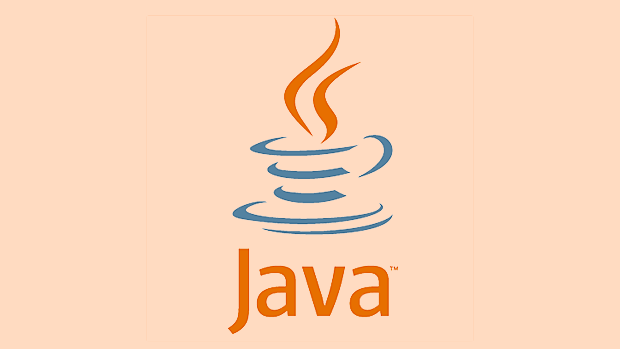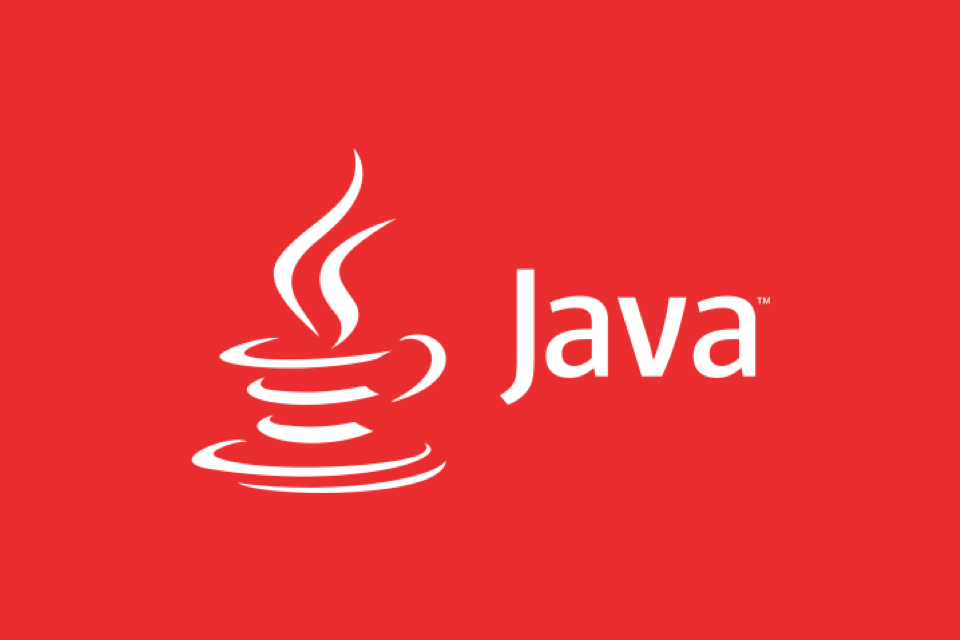Java startup performance optimization can be accelerated by reducing class loading time, adjusting JVM parameters, and using GraalVM. 1. Simplify the dependency library and reduce unnecessary jar packages; 2. Enable AppCDS to pre-package commonly used classes to speed up loading; 3. Avoid complex static initialization blocks; 4. Configure JVM parameters such as enabling hierarchical compilation and setting fixed heap memory size; 5. Consider the -client mode for short life cycle tasks; 6. Use GraalVM Native Image to skip the JVM startup process; 7. Use JVM's own tools to monitor the time-consuming startup stages to accurately locate bottlenecks.

Java startup performance optimization is actually a cliché issue, especially in microservices and cloud-native scenarios, slow startup directly affects deployment efficiency and elastic scaling speed. If you also encounter the Java application startup time is too long (such as more than a few seconds or even ten seconds), then the few points mentioned in this article may be just right to help.

Reduce class loading time and number
Java applications need to load a large number of classes at startup, which is one of the key factors affecting the startup speed. The JVM parses and initializes these classes during startup. The more complex the process, the longer it takes.
Common practices include:

- Thin dependency library : Check whether unnecessary jar packages are introduced into the project, especially those that are only used at runtime but are useless for startup.
- Use AppCDS (Application Class-Data Sharing) : JDK 10 supports AppCDS, which can package common classes in advance and load them directly at each startup, reducing the time of repeated loading.
- Avoid too many or complicated static initialization blocks : Some frameworks prefer to execute a lot of logic during the class loading phase, which slows down startup.
The configuration of AppCDS is a little troublesome, but the effect is obvious. You can first generate a class list through -Xshare:dump , then package it into archive file, and then add the corresponding parameters to take effect every time you start.
Control JVM parameter tuning
Many people ignore the impact of JVM parameters on startup performance. The default parameters are often universal settings and are not necessarily suitable for your application.

Recommended adjustment parameters are:
-
-XX: TieredCompilation: Enabling hierarchical compilation can speed up the recognition of hotspot code and improve early execution efficiency. -
-XX:TieredStopAtLevel=1: If you just want to start quickly without pursuing extreme performance, you can disable the deep optimization of JIT compilation. -
-Xmsand-Xmxare set to the same value: avoid performance fluctuations caused by dynamic adjustment of heap memory. Although this does not have much impact on startup time, it helps overall stability.
If your application is short-lifetime tasks, such as FaaS or command-line tools, you can also consider using -client mode (some JDKs have been removed), which is more suitable for lightweight tasks than server mode.
Using GraalVM Native Image
If you really have extremely high startup speed requirements, GraalVM provides a very effective solution: compile Java programs to local executables. The advantage of this is that it skips the JVM startup and class loading process and can run almost directly.
But a few things to note:
- Building Native Image requires additional time and resources, and not all Java features support it.
- Reflection, dynamic proxy, JNI mechanisms require explicit configuration to work properly.
- If you use Spring Boot, you can use Spring Native experimental support to simplify the process.
Although the threshold is higher, this method is almost the fastest choice for some scenarios (such as Serverless, CLI tools).
Tips: Monitoring time-consuming in each stage of startup
If you want to locate the problem more accurately, you can use the JVM's own parameters to view the time consumption of starting each stage:
java -XX: PrintCommandLineFlags -XX: PrintVMOptions -XX: PrintGCApplicationStoppedTime ...
Or use JFR (Java Flight Recorder) to record events during the entire startup process and analyze which step slows down the speed.
Basically these methods. Java startup performance optimization is not complicated, but details are easily overlooked. From class loading, JVM parameters, to Native Image selection, each step can bring different degrees of improvement. The key is to make choices based on the actual scenario.
The above is the detailed content of Optimizing Java Startup Performance. For more information, please follow other related articles on the PHP Chinese website!

Hot AI Tools

Undress AI Tool
Undress images for free

Undresser.AI Undress
AI-powered app for creating realistic nude photos

AI Clothes Remover
Online AI tool for removing clothes from photos.

Clothoff.io
AI clothes remover

Video Face Swap
Swap faces in any video effortlessly with our completely free AI face swap tool!

Hot Article

Hot Tools

Notepad++7.3.1
Easy-to-use and free code editor

SublimeText3 Chinese version
Chinese version, very easy to use

Zend Studio 13.0.1
Powerful PHP integrated development environment

Dreamweaver CS6
Visual web development tools

SublimeText3 Mac version
God-level code editing software (SublimeText3)
 Asynchronous Programming Techniques in Modern Java
Jul 07, 2025 am 02:24 AM
Asynchronous Programming Techniques in Modern Java
Jul 07, 2025 am 02:24 AM
Java supports asynchronous programming including the use of CompletableFuture, responsive streams (such as ProjectReactor), and virtual threads in Java19. 1.CompletableFuture improves code readability and maintenance through chain calls, and supports task orchestration and exception handling; 2. ProjectReactor provides Mono and Flux types to implement responsive programming, with backpressure mechanism and rich operators; 3. Virtual threads reduce concurrency costs, are suitable for I/O-intensive tasks, and are lighter and easier to expand than traditional platform threads. Each method has applicable scenarios, and appropriate tools should be selected according to your needs and mixed models should be avoided to maintain simplicity
 Best Practices for Using Enums in Java
Jul 07, 2025 am 02:35 AM
Best Practices for Using Enums in Java
Jul 07, 2025 am 02:35 AM
In Java, enums are suitable for representing fixed constant sets. Best practices include: 1. Use enum to represent fixed state or options to improve type safety and readability; 2. Add properties and methods to enums to enhance flexibility, such as defining fields, constructors, helper methods, etc.; 3. Use EnumMap and EnumSet to improve performance and type safety because they are more efficient based on arrays; 4. Avoid abuse of enums, such as dynamic values, frequent changes or complex logic scenarios, which should be replaced by other methods. Correct use of enum can improve code quality and reduce errors, but you need to pay attention to its applicable boundaries.
 Understanding Java NIO and Its Advantages
Jul 08, 2025 am 02:55 AM
Understanding Java NIO and Its Advantages
Jul 08, 2025 am 02:55 AM
JavaNIO is a new IOAPI introduced by Java 1.4. 1) is aimed at buffers and channels, 2) contains Buffer, Channel and Selector core components, 3) supports non-blocking mode, and 4) handles concurrent connections more efficiently than traditional IO. Its advantages are reflected in: 1) Non-blocking IO reduces thread overhead, 2) Buffer improves data transmission efficiency, 3) Selector realizes multiplexing, and 4) Memory mapping speeds up file reading and writing. Note when using: 1) The flip/clear operation of the Buffer is easy to be confused, 2) Incomplete data needs to be processed manually without blocking, 3) Selector registration must be canceled in time, 4) NIO is not suitable for all scenarios.
 How Java ClassLoaders Work Internally
Jul 06, 2025 am 02:53 AM
How Java ClassLoaders Work Internally
Jul 06, 2025 am 02:53 AM
Java's class loading mechanism is implemented through ClassLoader, and its core workflow is divided into three stages: loading, linking and initialization. During the loading phase, ClassLoader dynamically reads the bytecode of the class and creates Class objects; links include verifying the correctness of the class, allocating memory to static variables, and parsing symbol references; initialization performs static code blocks and static variable assignments. Class loading adopts the parent delegation model, and prioritizes the parent class loader to find classes, and try Bootstrap, Extension, and ApplicationClassLoader in turn to ensure that the core class library is safe and avoids duplicate loading. Developers can customize ClassLoader, such as URLClassL
 How does a HashMap work internally in Java?
Jul 15, 2025 am 03:10 AM
How does a HashMap work internally in Java?
Jul 15, 2025 am 03:10 AM
HashMap implements key-value pair storage through hash tables in Java, and its core lies in quickly positioning data locations. 1. First use the hashCode() method of the key to generate a hash value and convert it into an array index through bit operations; 2. Different objects may generate the same hash value, resulting in conflicts. At this time, the node is mounted in the form of a linked list. After JDK8, the linked list is too long (default length 8) and it will be converted to a red and black tree to improve efficiency; 3. When using a custom class as a key, the equals() and hashCode() methods must be rewritten; 4. HashMap dynamically expands capacity. When the number of elements exceeds the capacity and multiplies by the load factor (default 0.75), expand and rehash; 5. HashMap is not thread-safe, and Concu should be used in multithreaded
 Effective Use of Java Enums and Best Practices
Jul 07, 2025 am 02:43 AM
Effective Use of Java Enums and Best Practices
Jul 07, 2025 am 02:43 AM
Java enumerations not only represent constants, but can also encapsulate behavior, carry data, and implement interfaces. 1. Enumeration is a class used to define fixed instances, such as week and state, which is safer than strings or integers; 2. It can carry data and methods, such as passing values ??through constructors and providing access methods; 3. It can use switch to handle different logics, with clear structure; 4. It can implement interfaces or abstract methods to make differentiated behaviors of different enumeration values; 5. Pay attention to avoid abuse, hard-code comparison, dependence on ordinal values, and reasonably naming and serialization.
 How to handle exceptions properly in Java?
Jul 06, 2025 am 02:43 AM
How to handle exceptions properly in Java?
Jul 06, 2025 am 02:43 AM
The key to handling exceptions in Java is to catch them, handle them clearly, and not cover up problems. First, we must catch specific exception types as needed, avoid general catches, and prioritize checkedexceptions. Runtime exceptions should be judged in advance; second, we must use the log framework to record exceptions, and retry, rollback or throw based on the type; third, we must use the finally block to release resources, and recommend try-with-resources; fourth, we must reasonably define custom exceptions, inherit RuntimeException or Exception, and carry context information for easy debugging.
 What is a Singleton design pattern in Java?
Jul 09, 2025 am 01:32 AM
What is a Singleton design pattern in Java?
Jul 09, 2025 am 01:32 AM
Singleton design pattern in Java ensures that a class has only one instance and provides a global access point through private constructors and static methods, which is suitable for controlling access to shared resources. Implementation methods include: 1. Lazy loading, that is, the instance is created only when the first request is requested, which is suitable for situations where resource consumption is high and not necessarily required; 2. Thread-safe processing, ensuring that only one instance is created in a multi-threaded environment through synchronization methods or double check locking, and reducing performance impact; 3. Hungry loading, which directly initializes the instance during class loading, is suitable for lightweight objects or scenarios that can be initialized in advance; 4. Enumeration implementation, using Java enumeration to naturally support serialization, thread safety and prevent reflective attacks, is a recommended concise and reliable method. Different implementation methods can be selected according to specific needs






